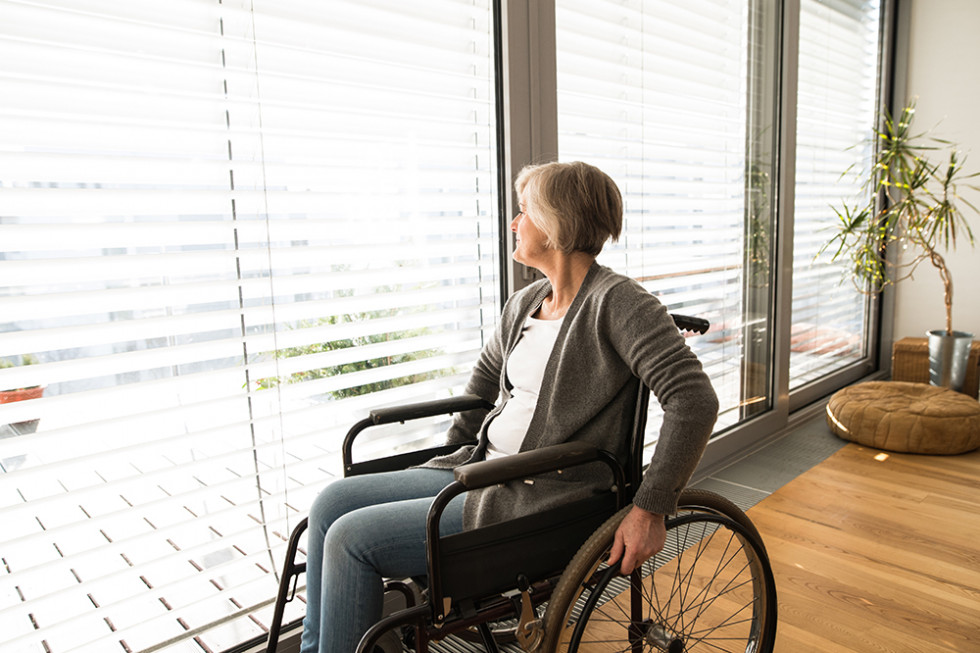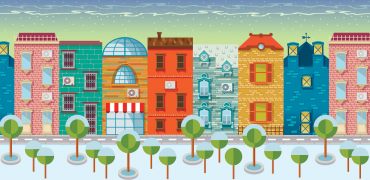BBC Radio 4’s “You and Yours” consumer-affairs programme recently featured the issue of overheating in homes, describing the issue as a public health disaster waiting to happen. Air tightness and energy-efficiency improvements in our building stock, coupled with warmer temperatures from climate change, are leading to a growing problem, particularly in care homes where the elderly are extremely vulnerable.
It’s not just the BBC that thinks this is a hot topic. The issue was addressed at a recent debate by The Edge, the building services think tank. The event was held in collaboration with the “Building Research & Information” (BRI) journal, which published a special edition devoted to overheating.

Professor Kevin Lomas is project manager of Loughborough University’s research programme in this area. “We’ve reached a tipping point — what I call a perfect storm,” he says. “The combination of improved insulations standards; the fact that the UK, and much of the world, is getting warmer and we have more and more heatwaves in the summer; we have an ageing population, and people are more sensitive to heat when they are older.”
Professor Rajat Gupta of Oxford Brookes University has looked at why summertime overheating is such a problem for older people in care settings. “In the UK, awareness of thermal risks and vulnerabilities in older age is focused more on cold than on heat,” says Gupta. “Heat-related mortality during heatwaves has been highest amongst occupants of residential and nursing homes, despite the presence of care staff that could act to protect vulnerable residents.”
It’s not just the old that are at risk. More and more medium- and high-rise apartment blocks are being built to meet housing demand and, points out Lomas, “These are situated in cities where the disincentives to open windows and ventilate adequately are much greater than in a rural area.”

Professor Fionn Stevenson of the University of Sheffield has carried out research at a refurbishment of a 1960s block of flats and found evidence of overheating due to poor design and guidance. Stevenson found overheating in 44% of bedrooms in the block; 30% never used the mechanical extract ventilation (MEV) provided due to noise/lack of knowledge; and the developer’s home user guide encouraged windows to stay closed, leading to severe overheating in the afternoons.
So what can be done? Certainly, staff in care homes need greater awareness of the dangers to vulnerable older people, and residents in flats need guidance on the correct operation of the ventilation strategies employed in the building — a particular issue during a change of tenancy.
More could also be done in terms of the Building Regulations. “Philosophically, the Building Regulations need to start thinking not only about mitigating climate change; we also need regulations that will create adaption of buildings to climate change,” argues Lomas.
Ken Sharpe is editor of Modern Building Services.
If you have any questions about this article or want to know more, please email us. We will contact the author and will get back to you as soon as we can.


